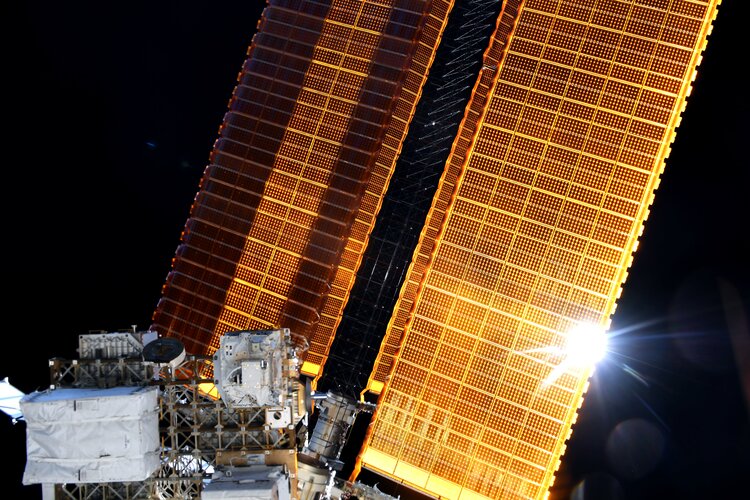
On Earth our varied and abundant species of plants produce all the life-giving oxygen we need to breathe, but when we venture outside of our world such as on the International Space Station or the Moon, we need to make our own.
Devices are currently being developed that mimic the process of photosynthesis in plants to turn sunlight and water into oxygen. A study by the University of Warwick, UK, the University of Bremen, Germany, and EPFL, Switzerland, sponsored by ESA, has shown that they will work on the Moon and even on Mars.
Currently, electrolysis is the most common way to produce oxygen from water, but this process requires electricity.
Inspired by plants, artificial photosynthesis devices produce oxygen from water and sunlight using semiconductor materials coated with metallic catalysts – and thereby bypasses the need for electricity.



